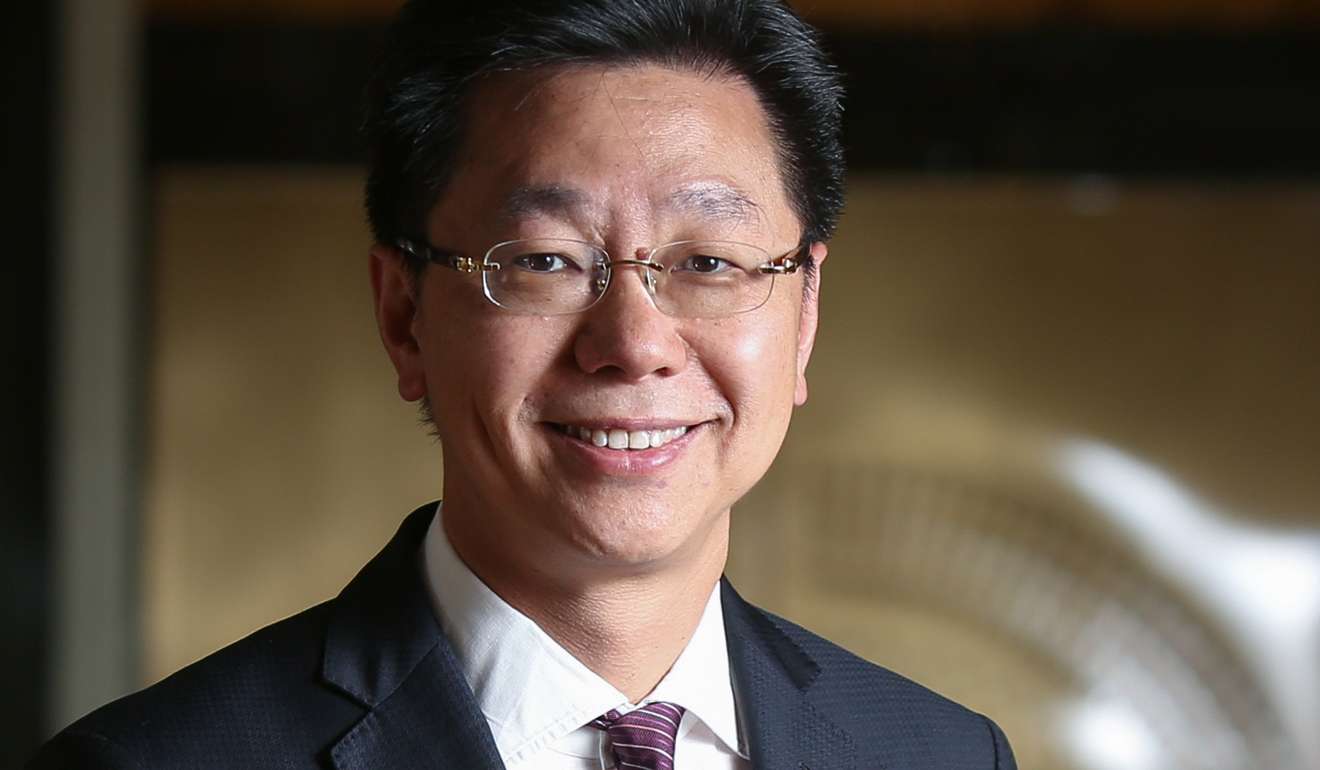
Government urged to prioritise affordable housing needs in its strategy for future development
Runaway property prices remain a sticky issue as the Hong Kong government considers its strategic plan for the territory’s future development

The provision of affordable housing should be a key goal in the government’s “Hong Kong 2030+: Towards a Planning Vision and Strategy Transcending 2030” (HK2030+).
The HK2030+ strategic plan, launched last October for public consultation by two government departments – the Development Bureau and Planning Department – sets out three objectives: planning for a liveable high-density city; embracing economic changes and opportunities; and creating capacity for sustainable growth.
Sky-high property prices, however, have left many in the city unable to purchase a home, and this remains a thorny issue that the government seems unable to solve, despite the raft of cooling measures it has introduced over the years in a vain attempt to tame runaway prices.
The public consultation for HK2030+ ends tomorrow, and a leading property expert has urged the government not to lose sight of the need to ensure that affordable housing needs are considered.
Lau Chun-kong, a member of the expert advisory panel of HK2030+ and chairman of the Land Policy Panel of the Hong Kong Institute of Surveyors (HKIS), says that the government should formulate a prudent policy as far as land supply is concerned that would help with the development of public housing.

The government blueprint calls for the development of the proposed East Lantau Metropolis as a business district, in addition to one other business district in Kowloon East, making three business districts when Central is included.
One area for development is Mui Wo, which is targeted for the East Lantau Metropolis. This vast new town, planned for completion in the 2040s, is to be built on 1,000 hectares reclaimed around two islands east of Lantau and connected to Mui Wo.
Housing 400,000 to 700,000 people, the metropolis is expected to have new bridges, tunnels, roads and railways linking it with the rest of Hong Kong. It will cost upwards of HK$400 billion, making it Hong Kong’s costliest infrastructure project ever.
“[An] important growth driver of the property market will be the development of East Lantau as a long-term strategic growth area. It is envisioned [that it will be] a smart, liveable and low-carbon development cluster,” Lau says.
Chief Executive C.Y. Leung has been roundly criticised for not having a coherent public housing policy and setting unrealistic targets for building affordable homes for the city’s population, which is projected to peak in 2043 at 8.22 million before dropping to 7.81 million by 2064.
[An] important growth driver of the property market will be the development of East Lantau as a long-term strategic growth area
In his final policy address in January, Leung said that for the five-year period from the 2016/17 financial year, he estimates that 94,500 public housing units will be built by the Hong Kong Housing Authority and the Hong Kong Housing Society.
The HKIS had previously welcomed the government’s efforts to increase housing supply in recent years. Although the targeted supply of first-hand residential units on the private market has been achieved, there is little optimism about the long-term supply of public and private housing.
The long-term supply shortage of public housing indirectly makes it difficult for the government to reduce the increase in the number of subdivided flats in Hong Kong and resolve their associated safety problems, the institute says.
The HKIS recommends that the government proactively coordinates the needs among stakeholders, overcomes opposition when implementing its housing policies, and expedites increasing the supply of public and private housing.
Lau says the HKIS has also submitted other suggestions for the balanced development of housing in Hong Kong in the public consultation.
It has put forward the establishment of a Building Repairs and Maintenance Authority, supply of sufficient car parks in transport planning and inclusion of elderly-friendly homes in development strategies and policies of the government.
“Our proposals seek to promote a dialogue with the relevant authorities and all other stakeholders. For example, when it comes to building elderly-friendly homes, we can achieve [this] through making it part of land sale conditions, incentives for redevelopment projects, and legislation in the long run,” Lau says.
On private redevelopment activities and those led by the Urban Renewal Authority, Lau says these all depend on the untapped redevelopment potential of the old buildings. However, a great number of old buildings – especially those built after the 1960s – have consumed most or all of the maximum gross floor area permitted to be built on the site, he says.
“With very low or zero development value, these buildings are still [too] new to be torn down yet, but are old enough for much-needed repairs and maintenance. Therefore, we need a Building Repairs and Maintenance Authority to concert efforts, including providing technical advice and access to funding or financing, to cultivate a building preservation and improvement culture among property owners.”
The responses collected by the government through public consultation will be consolidated and analysed, and will eventually help steer the future direction of planning, land and infrastructure development, and Hong Kong’s overall land policy.
But unlike other government consultations that give out more concrete ideas and projections, HK2030+ apparently aims to open up discussion.
Among the many opportunities and challenges outlined, it seeks to provoke thought on how Hong Kong can position itself in Beijing’s global trade development strategy, the “Belt and Road Initiative”, and how to tackle the city’s growing yet ageing population over the next 30 years.
The HK2030+ public consultation also touches on how Hong Kong can benefit from its transport infrastructure, from supporting pillar and emerging industries, from encouraging eco-living, and from helping with the establishment of connections between technology and the market, among other things on the wish list.